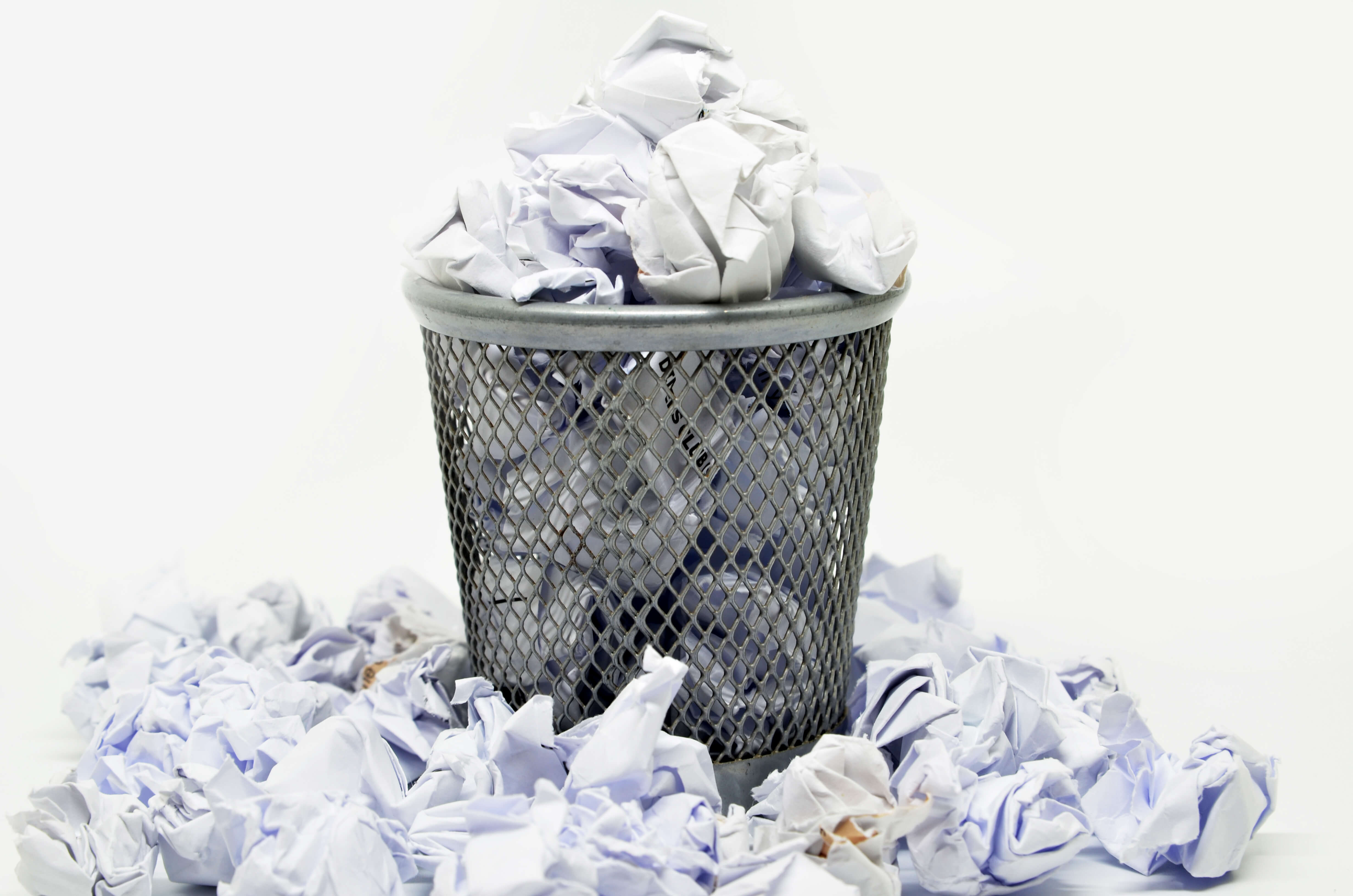The rising popularity of hand held and portable electronics led some to predict that paper usage and paper waste would decrease. In actuality, demand is steady and paper continues to be a top waste product for businesses. On average, 50 percent of business waste is composed of paper.
Whether it’s in your office or at home, there are a variety of ways to reduce printer paper usage. Check out some quick and easy strategies you can implement today.
- Print Preview
Before printing a page, use print preview to evaluate alignment and layout. This feature will show you if a photo is being cut off or if your margins are uneven. This double-check feature limits the need for reprints since you can see any issues before a page prints.
Often when printing web pages, the final page is a few lines of unnecessary information. Print preview allows you to see which pages have information you need and only print the necessary ones, saving a page from the recycle bin. Taking an extra minute to check a page before you print can save money and a substantial amount of paper from landfills each year.
- Print Double Sided
When possible, print your pages double sided. This can cut your paper usage in half. To print double sided you can select this from the printer settings menu on your device and even set it as the default for future printing.
- Print Multiple Pages Per Sheet
Just like printing double sided, you can print multiple pages per sheet to save paper. If you combine this with printing double sided, your paper usage can be significantly reduced.
This feature works well when printing presentation slides, as text documents may turn out too small when using this function. This setting is usually available in the same menu as the double-sided setting. You can select anywhere from two pages per sheet up to eight pages per sheet. Check print preview to evaluate the proper amount per sheet.
- Implement a Print Policy
Now that most people carry a hand held electronic device 24/7, printing every document is not essential. A print policy creates best practices about which documents and pages are essential to print. A print policy also helps offices manage the frequency of printing.
Consider which printed items are top priorities, like presentations or invoices, and which rank lower, like emails. Create a policy that helps people think twice before printing and curbs your paper usage. Consistent enforcement of this policy raises its success rate.
These four tips are easy to implement today to save money and paper. If you want to see how your office compares to others with respect to paper and energy usage, take Cartridge World’s Office Print Challenge and find out more about the Truth Behind Office Printing Costs.







